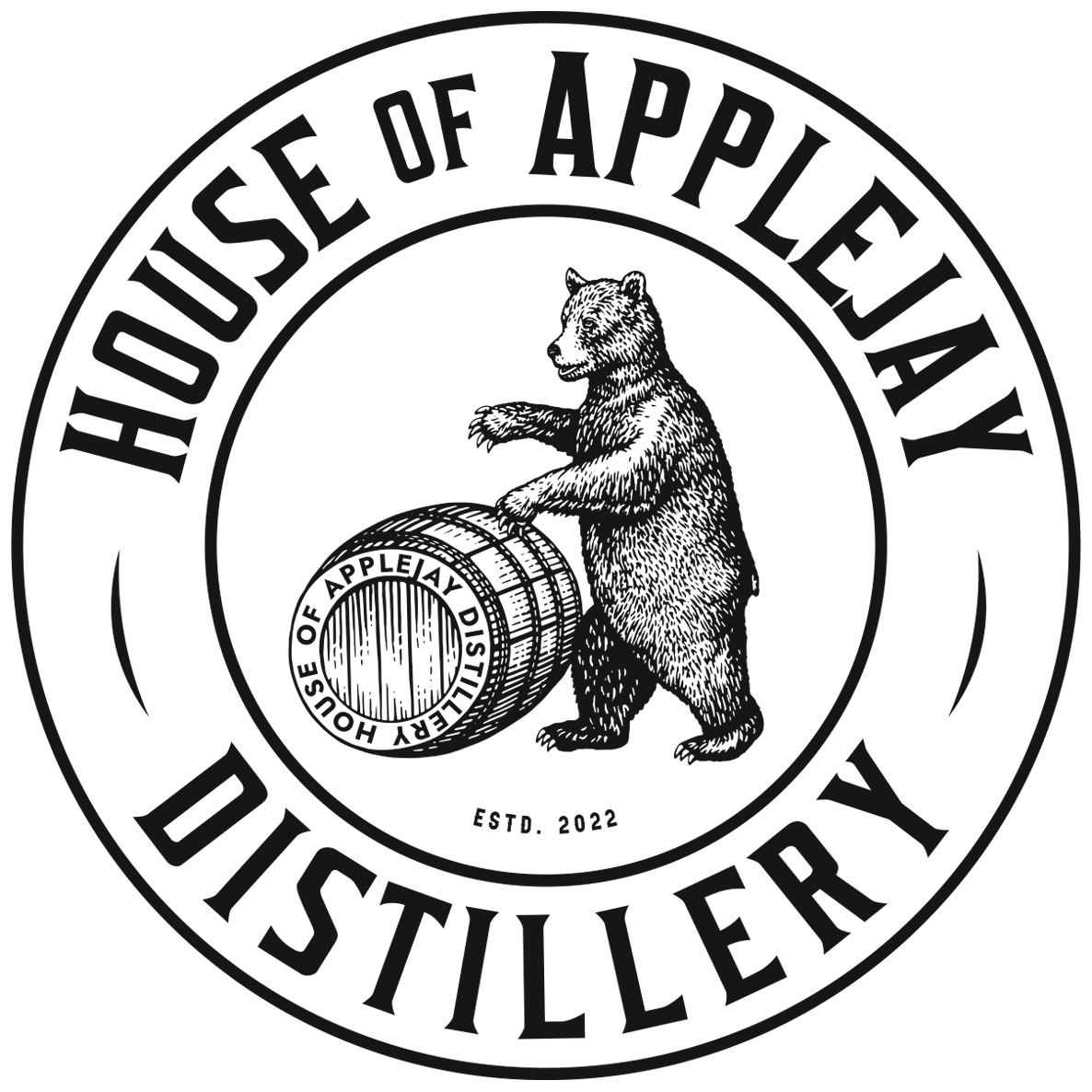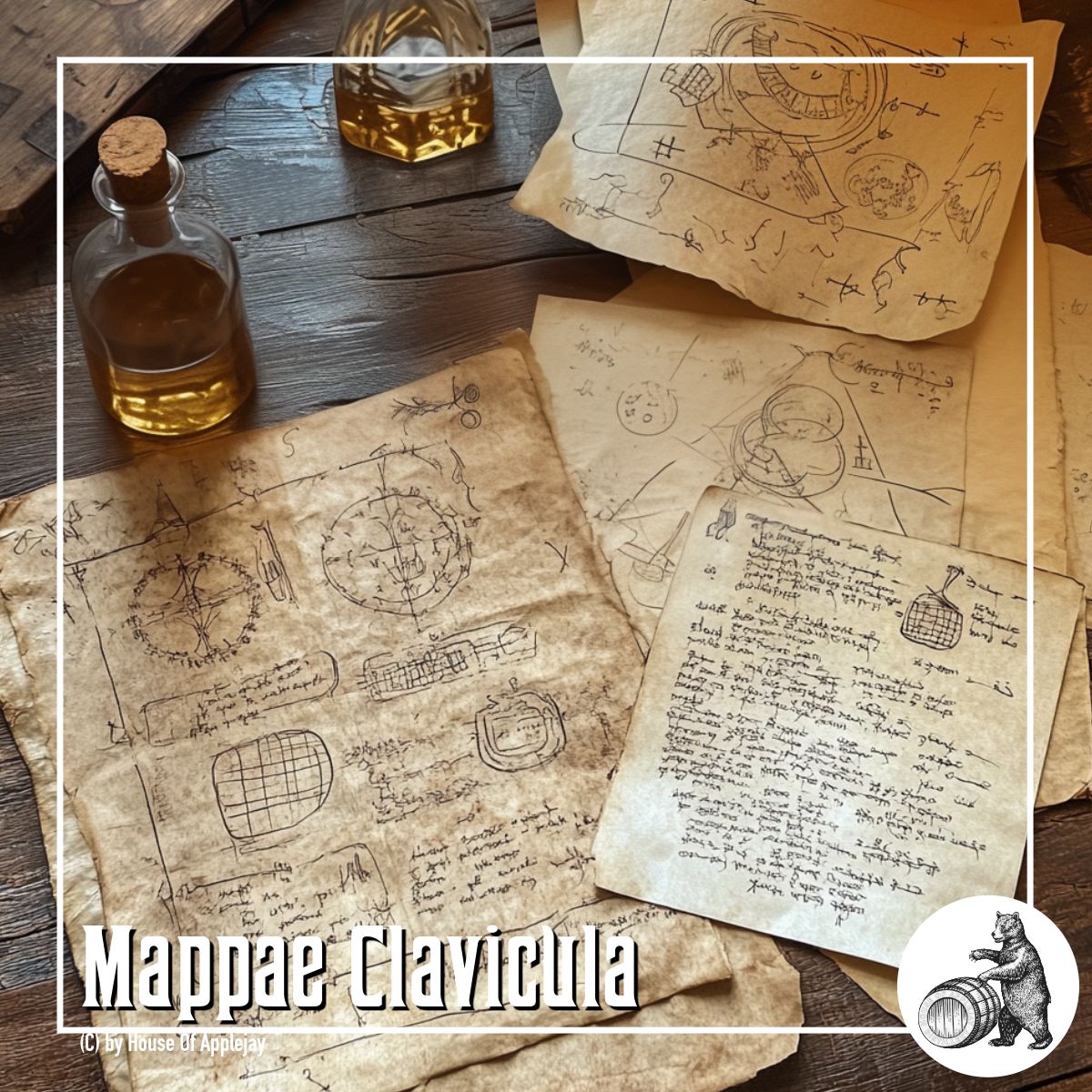Mappae Clavicula
Unlocking the Secrets of Craft: The Mappae Clavicula and the Medieval Art of Making
In the quiet margins of medieval history lies a remarkable manuscript that bridges antiquity and the dawn of scientific thought: the Mappae Clavicula. Often translated as the “Little Key of the Small Cloth,” this enigmatic collection of technical recipes offers a vivid glimpse into the practical knowledge of early artisans. Compiled between the 8th and 12th centuries, but likely drawing on sources from as early as the 6th century CE in the Byzantine world—possibly Alexandria—it stands as a testament to centuries of transmitted craft wisdom, from metalworking and pigment-making to rudimentary distillation techniques.
A Key to Ancient Techniques
The title Mappae Clavicula is thought to stem from a mistranslation of a Greek term. Scholars suggest the original term was probably cheirokmeton (χειρόκμητον, meaning “handmade” or “manual skill”), which may have been misread as cheiromaktron (χειρόμακτρον, meaning “hand towel”). Rendered into Latin as “clavicula” (a diminutive of “key”) and “mappae” (meaning “cloth”), the result is the puzzling but now well-known title “Little Key of the Small Cloth”.
The content, however, is far from cryptic. In its most complete form—found in the 12th-century Phillipps-Corning manuscript—the Mappae Clavicula contains around 300 entries. These include practical recipes for making pigments, casting metal alloys, preparing glues and varnishes, and even producing glass. It shares much in common with earlier Greek technical papyri such as the Stockholm and Leiden papyri (3rd century CE), from which it may have drawn some of its material. Unlike formal treatises, the text is more akin to a workshop manual—concise, procedural, and steeped in the secrecy of skilled trades.
Alchemy Meets Artistry
The Mappae Clavicula reflects a world in which artisans were also experimenters—proto-chemists long before the emergence of modern science. Recipes often rely on empirical trial-and-error methods to transform natural materials: verdigris (a green pigment) was created by exposing copper to acetic acid vapors, while cinnabar, or vermilion, involved complex procedures with mercury and sulfur.
These were not merely artistic endeavors. The fine line between alchemy and craftsmanship is evident in entries describing procedures for concentrating or refining liquids—early precursors to distillation. While true distillation apparatus is more fully described in later Arabic works by figures like Jabir ibn Hayyan and Rhazes, some recipes in the Mappae Clavicula hint at basic separations by heating and condensation. This marks a transitional point in the lineage of distilling, linking late antique techniques with medieval and early modern practices.
Contemporary analytical techniques, such as Raman spectroscopy and X-ray diffraction, have confirmed the methods described in the manuscript, showing the effectiveness of its recipes in producing stable pigments like verdigris. The same kind of sensory-driven experimentation continues today in fields like perfumery, winemaking, brewing, and distilling—modern expressions of ancient creativity.
A Living Legacy
The Mappae Clavicula is not a single unified text but rather a textual tradition. It survives in at least 37 known manuscripts across Europe, often bundled with works like Vitruvius’s De Architectura, Isidore of Seville’s Etymologiae, or other practical compilations. Its core text, believed to derive from a lost Greek original, was expanded over time, absorbing local additions and reflecting regional craft practices.
It is related—but not identical—to other technical recipe books of the period, such as the Compositiones Lucenses and Compositiones ad Tingenda. Recent scholarship has clarified that these represent distinct but occasionally overlapping traditions of technical knowledge.
What makes the Mappae Clavicula enduring is not just its content but its ethos: a reverence for hands-on knowledge and the continuity of craft. Its entries are terse, utilitarian, and intensely focused on process—reminders of a time when skill was closely guarded and transmitted through practice rather than abstraction.
Raise a Glass to Ancient Makers
The Mappae Clavicula, a medieval manual of craft secrets, reveals the artistry of early makers who distilled raw materials into vibrant pigments, metals, and essences. Its recipes, rooted in centuries-old trial-and-error, hint at proto-distillation techniques—early steps toward refining liquids through heat and condensation. Modern analysis confirms the precision of these methods, echoing in today’s distilling arts, from perfumery to spirits. More than a collection of instructions, this “little key” celebrates the enduring alchemy of human ingenuity, where observation and skill transform the ordinary into the extraordinary. Raise a glass to the makers, then and now, who distill the essence of creation.
The Distilling Culture
BLOG
Embark on a global journey, and you’ll find that cultures possess tales that harken back to their ancient beginnings of distillation, brewing, and winemaking.
info@houseofapplejay.com
67 Fowler St, Bldg B, East Ellijay, GA 30540

